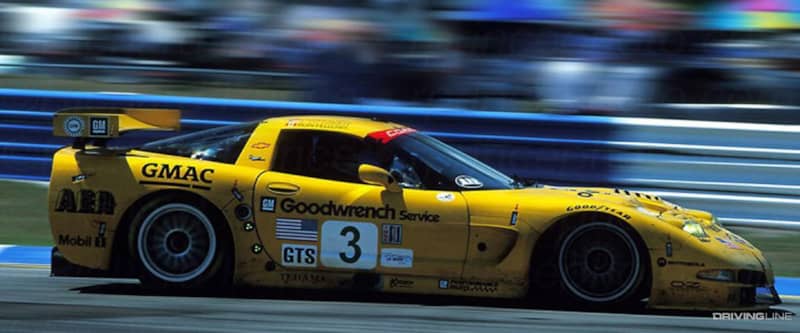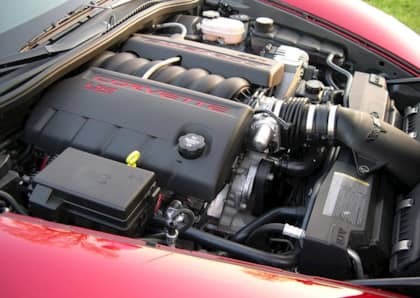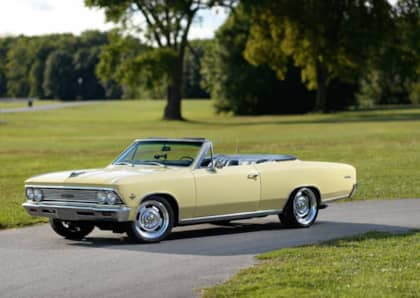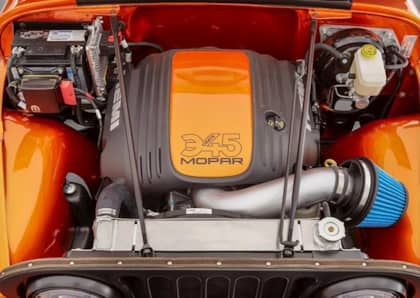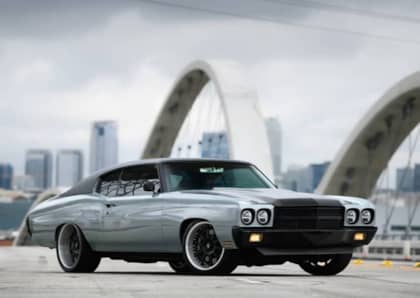How the LS V8 Conquered the World
Since the 1950’s, the pushrod V8 has been the undisputed king of the highway. The desire to modify and improve them always burned hard and has never cooled off. Chevy dropped their first pushrod V8 in 1955 and it soldiered on, constantly refined, but still the same basic structure for the next 40 years. Their workhorse small block 350 powered everything from sedans to school buses. GM knew that a new engine would be required to carry their brand into the new millennium. Something more compact and fuel efficient. And it had to be powerful, able to blow past the impressive-for-the-time 300 horsepower available in their then flagship C4 Corvette. GM wanted a world-beater.
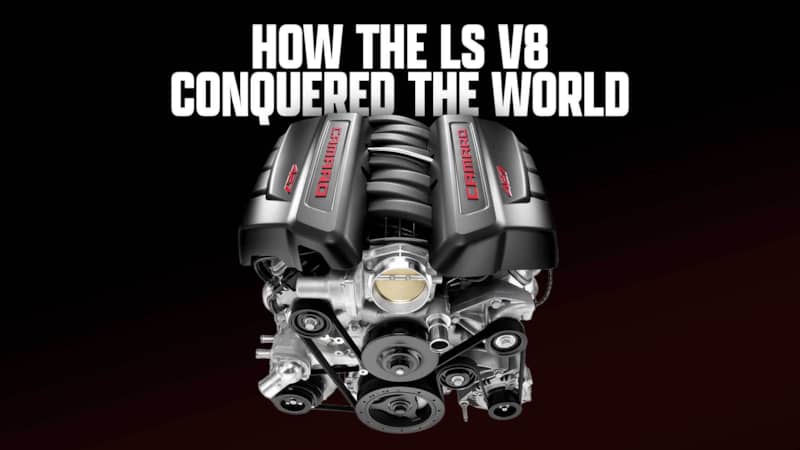
THE DREAM IS REAL
When the first spy photos of the all-new C5 Corvette began turning up, they immediately created the kind of buzz that every auto maker craves. The car was a complete redesign and it was beautiful. The model it replaced was instantly obsolete. But the new styling was only half the story. Engine specs and performance figures were released. It sounded like the good-old-days, only better. In 1997, a 5.7L pushrod small block with a claimed 345 horsepower, 350ft-lb of torque, and 25 mpg sounded too good to be true. For enthusiasts coming from the underpowered and inefficient cars of the 70s and 80s, it was like a dream, almost a throwback to the glorious muscle cars of the 60s. There was skepticism, some thought that those numbers were probably something the GM ad writers came up with. But the numbers were real and the new LS1 powerplant would prove to be the world-beater that GM demanded.
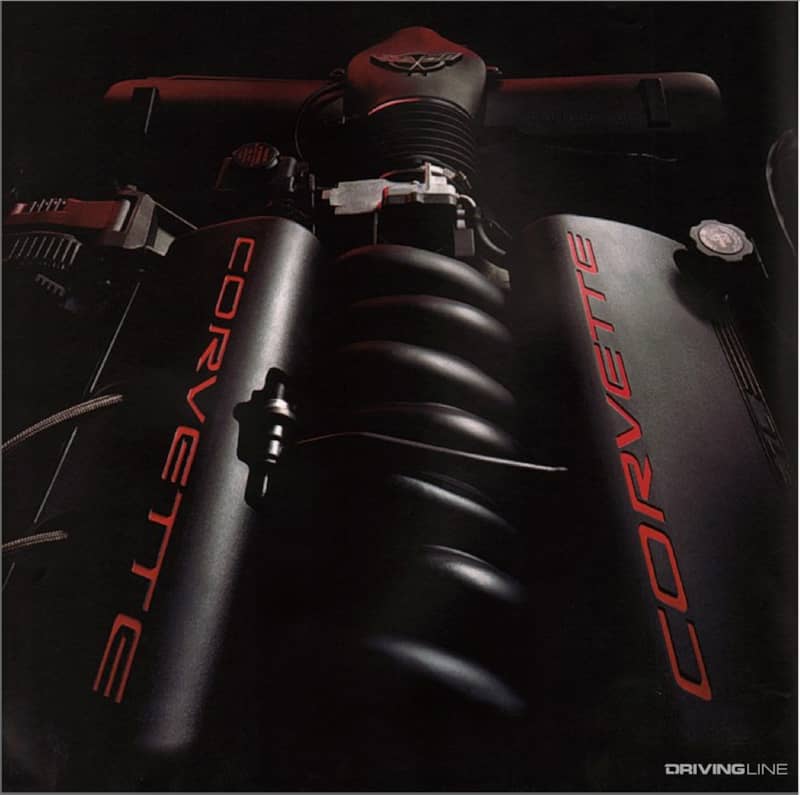
HEAVY BREATHER
When it comes to building powerful engines, it’s all about moving air. An automotive engine works as an air pump that adds in fuel to create combustion. More air increases combustion and this generates increased horsepower. Starting with a clean sheet of paper, GM engineers designed the LS1 cylinder heads and valvetrain to flow a huge amount of air and then upped their game with the even-better-flowing 6.0L LS2.
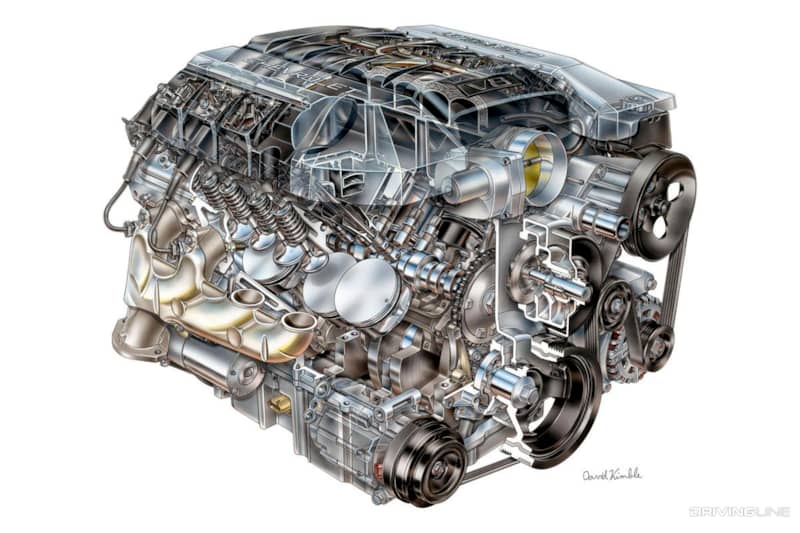
ALL THE UPGRADES
People have been improving Chevy small blocks for decades. The classic 350 has been modified to increase power and performance since its inception. When GM decided to create the GEN III, they looked at every expensive aftermarket SBC upgrade and then designed an engine to rule them all. Beehive springs. Roller lifters. Heads that flowed at near-NASCAR volume. Powder-forged con rods and redesigned and strengthened crankshafts. The factory stock aluminum LS bottom end was designed to handle up to 700 horsepower and about 7000RPM without modification. The iron block version from the trucks and SUV’s could take even more. Even the gaskets were redesigned into one-piece O-ring types. Finally… a Detroit V8 that ran hard and didn’t seep a drop.
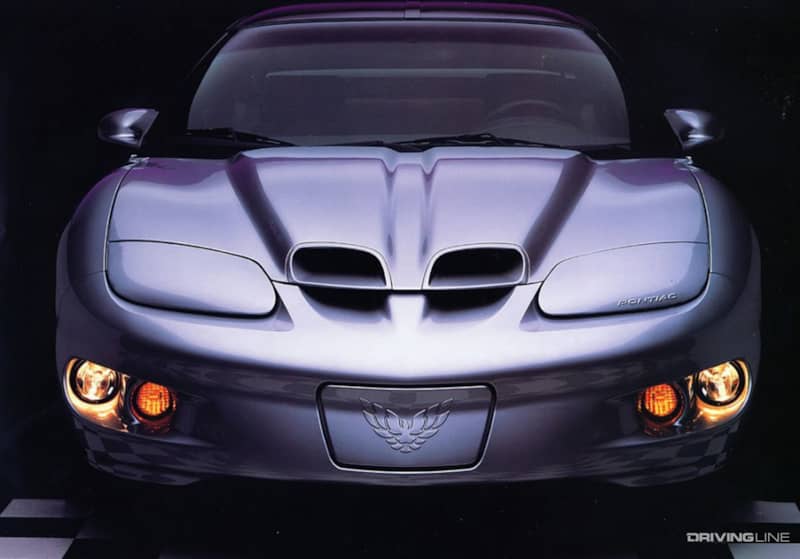
DESIGNED TO BE ADAPTABLE
It might’ve made its debut in the all-new C5 Vette, but the LS was designed from scratch to be adaptable. The engineers knew that their new V8 would go on to power vehicles in nearly every category in the GM lineup. They made it smaller, lighter and more rigid. Versatility and component compatibility were vital engineering goals. From the Corvette, the aluminum LS1 would go on to power the Firebirds and Camaros. Good times for performance guys. GM then released slightly less powerful cast iron block variants for trucks and SUVs. Weighing about 100lbs more than the aluminum blocks, this version was able to stand up to all the punishing treatment that a work truck or a teenage novice SUV driver can dish out. And for hot-rodders craving raw power, the extra-strong iron block motors can be built to make ridiculous horsepower.
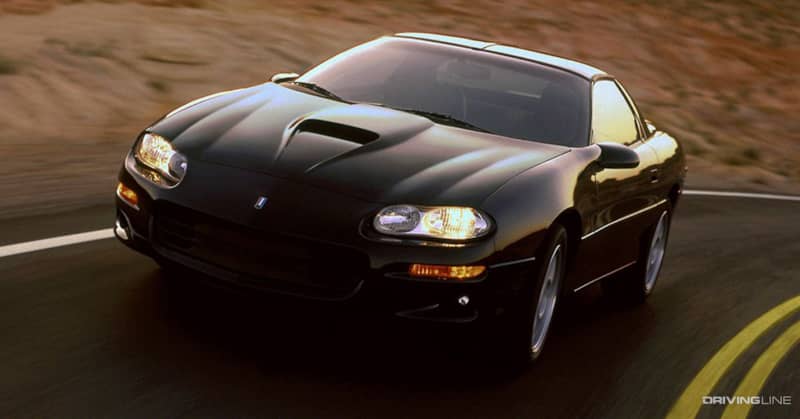
IT’S ATTAINABLE
Getting your hands on a serious performance upgrade for a little more than pocket money doesn’t happen very often. The key to getting bargain power is availability. GM built the LS engines for seventeen years. They’re everywhere. Gen III LS runners, complete with wiring harnesses are cheap. Even low-mileage motors won’t blow the budget. The aluminum-block engines out of sporty Camaros, Firebirds and Corvettes generally cost a bit more than the heavier cast iron-block truck and SUV motors. A slightly de-tuned iron block motor is usually the cheapest way to scratch the LS itch, and what you lose in increased weight, you win back with a heavy-duty block that can take absolutely monster horsepower. Remember that whatever you choose, most Gen III parts are interchangeable, and it doesn’t take much to push one of these up to 400 horsepower, or beyond. The 6.0L LS2 motors are more expensive, but still a bargain. You would be hard pressed to find a JDM alternative that can come close to matching the price or performance of a junkyard LS.
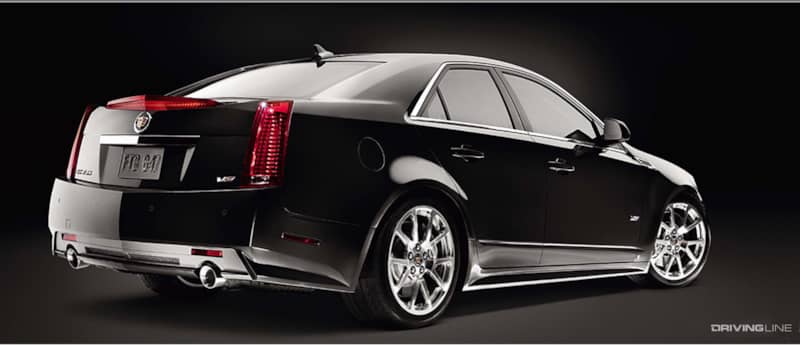
YOU DON’T HAVE TO BE AN EXPERT
Home car builders without a lot of engine-swapping experience can make it happen. There is a seemingly endless archive of LS information available. Dedicated swap kits are available from performance parts suppliers. LS parts compatibility means that you can start with a relatively modest SUV engine and easily bump it up to big power. A set of LS6 heads will bolt right on. Fit a free flow intake and exhaust, figure out how much cam you want and you’re there.
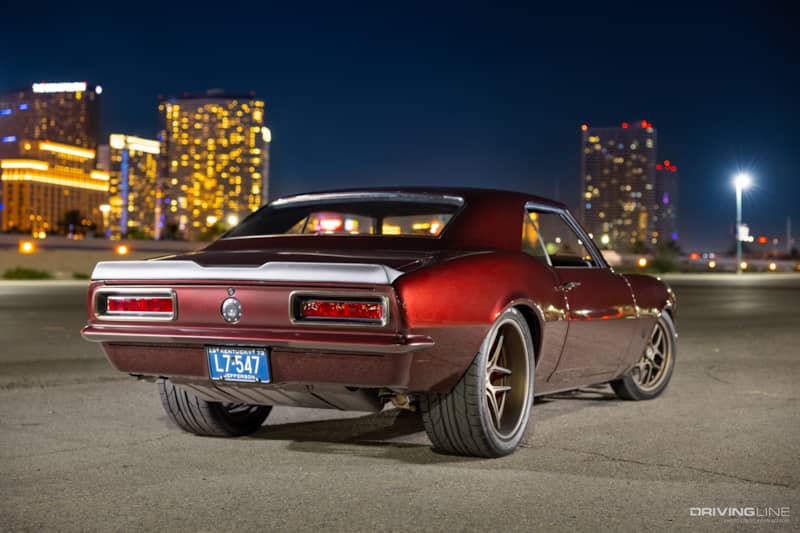
Finally, significant power gains are possible without worry. Endless online forums can steer you through common problems and more tricky trouble shooting challenges. Get on YouTube and it’s an LS Swapapalooza. All this free expertise can help the novice LS-swapper achieve first-time success. With these motors available seemingly everywhere, all you really need is a car with a medium-sized engine space, and some friends to help slot it in.
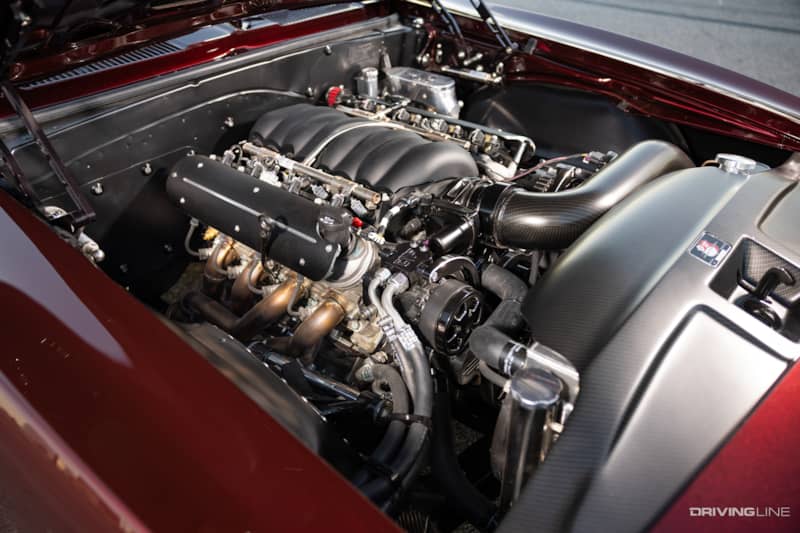
LET’S GO RACING
Drag racing, all types of off-road, autocross, drifting—the LS can often go a whole season without needing to be stripped down. This is more than just a convenience. LS strength and reliability gives racers, especially budget-racers, more time to tune handling and suspension. LS motors conquered the performance market because they proved that you don’t need exotic and expensive engine components to be competitive. In every automotive category—street, strip, dirt, show—less cost always equals more fun. And in this golden age of easily attainable high performance, fun is why we’re all here.
